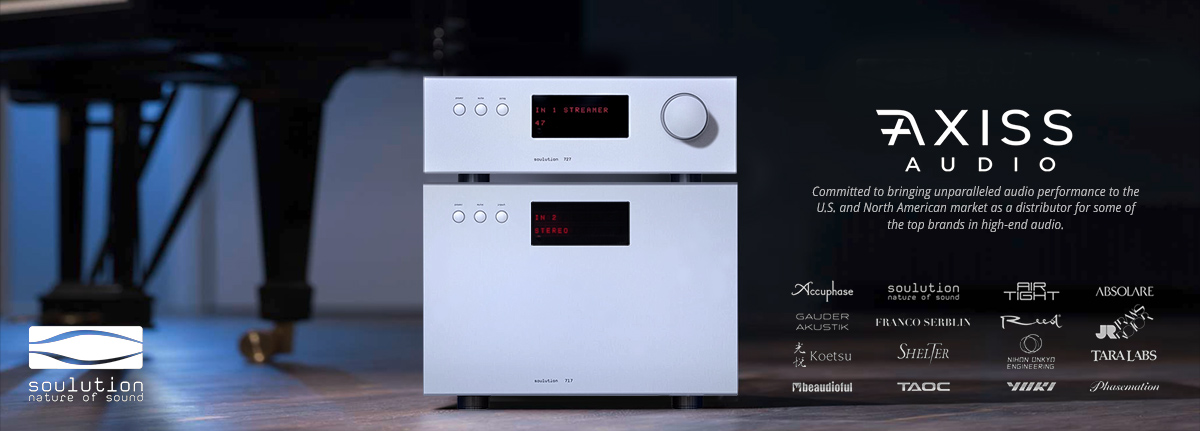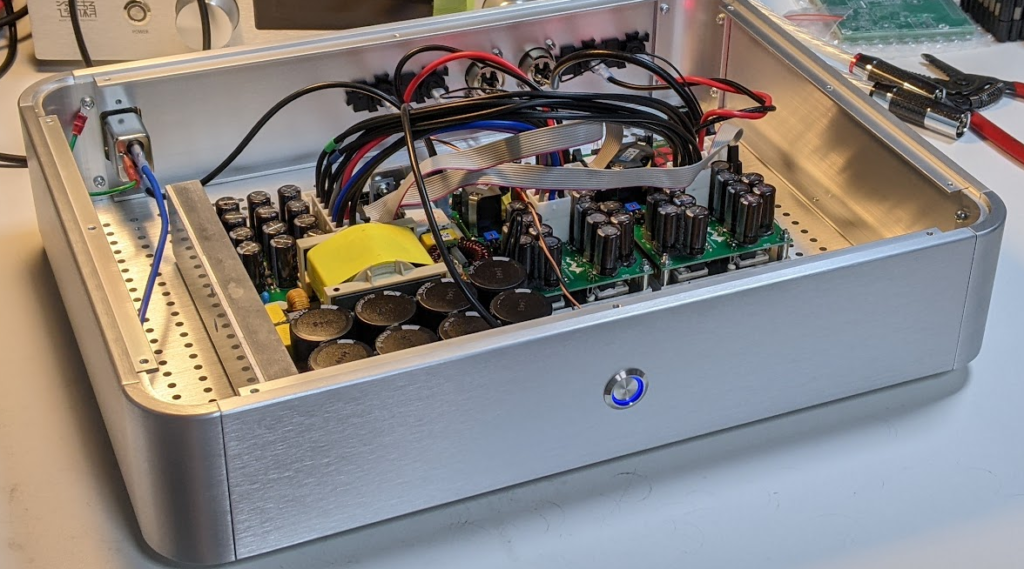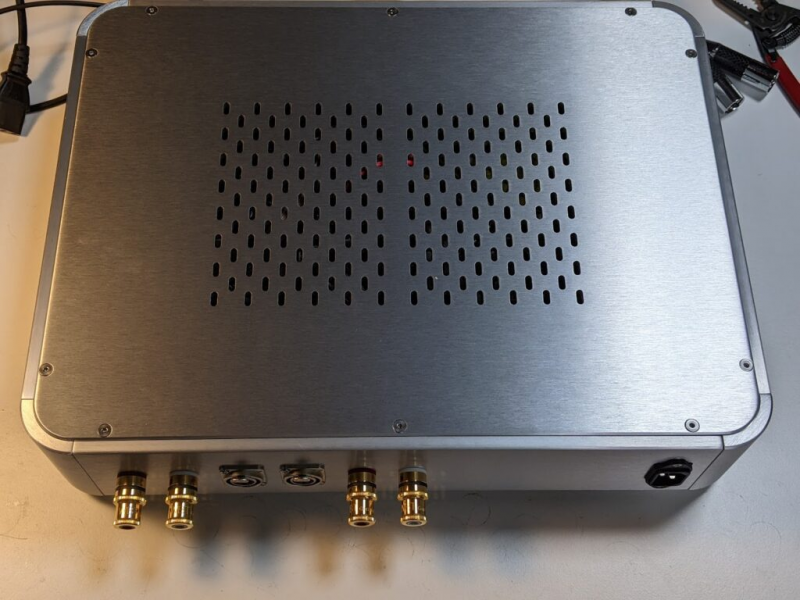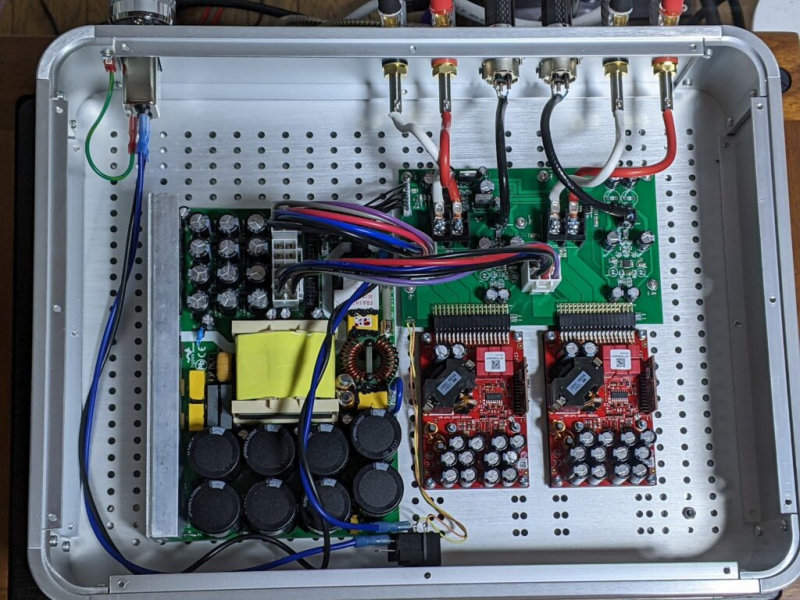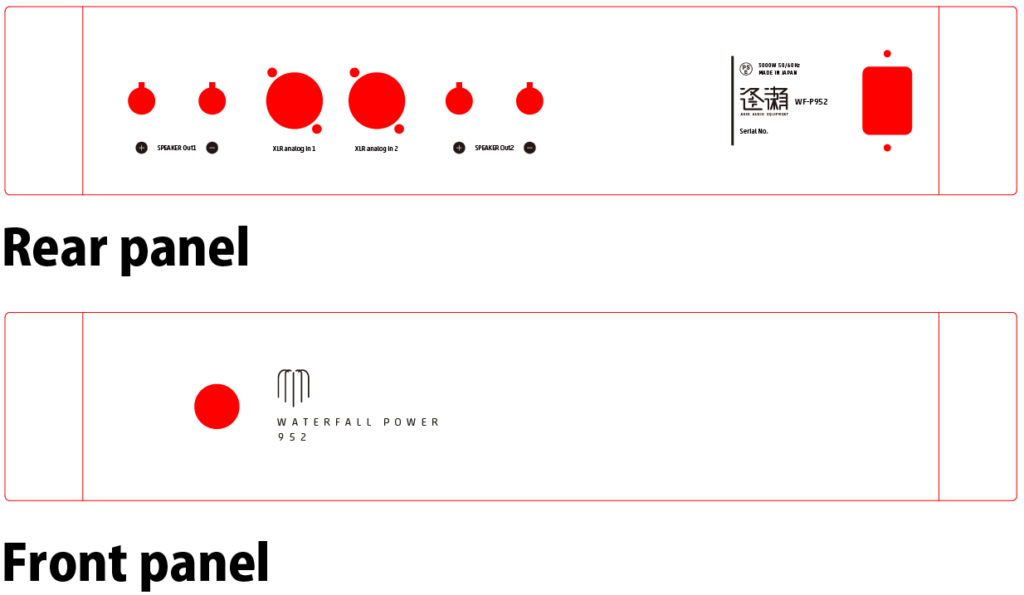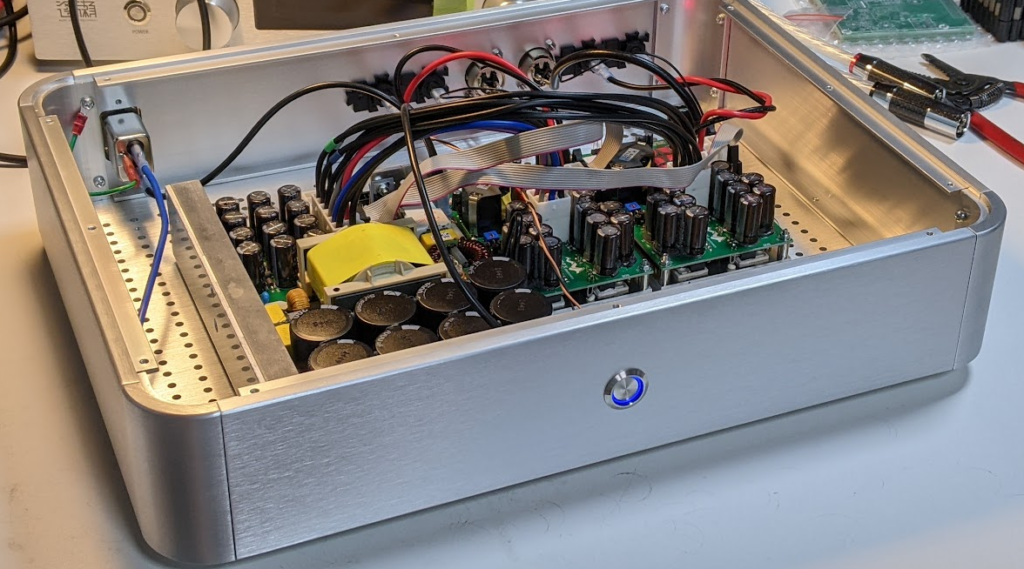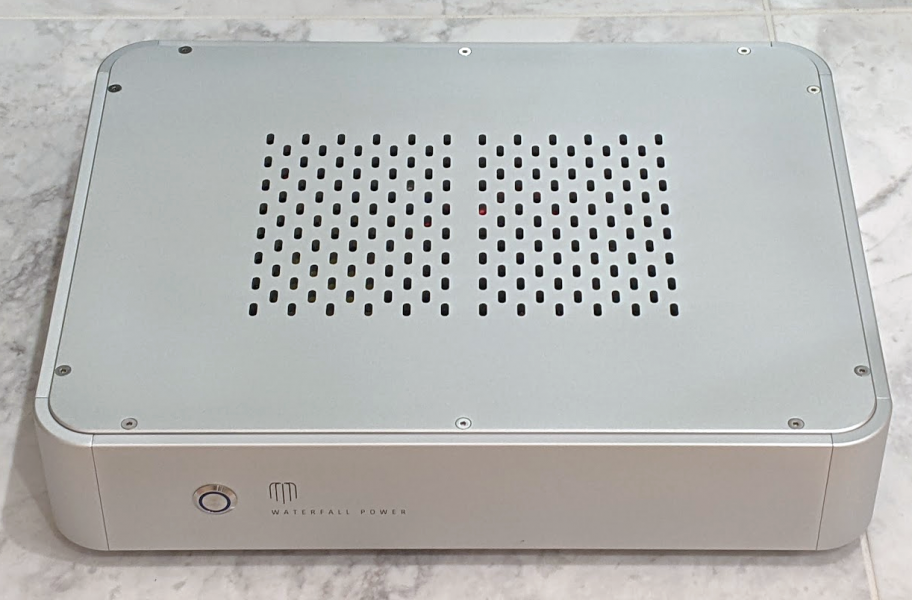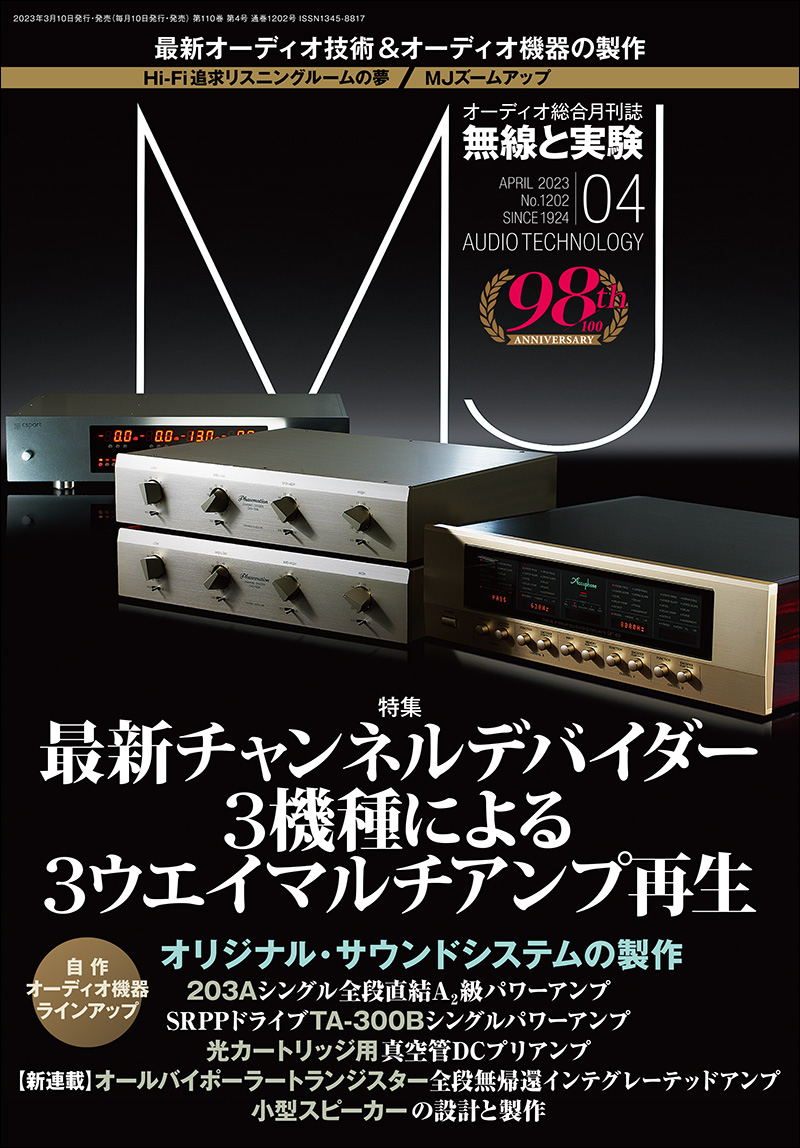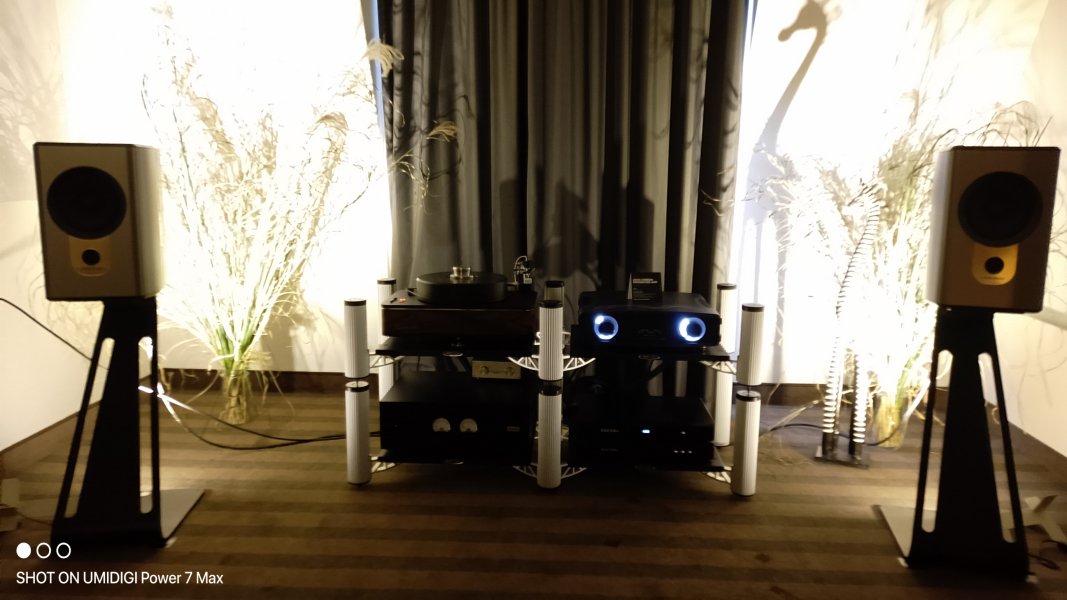Mr. Tsukioka describes his idea:
What attracted our attention to 1ET7040SA was not the novelty of this module, but the increased number of GND pins, which strengthens the GND coupling of the board. 1ET400A did not solve this problem and we only had a prototype. It has the same problem as NC500.
The problem with NC500 (including 1ET400A) was that the number of GND coupling pins on the Class D amplifier board and preamplifier board were small, making it vulnerable to high-frequency fluctuations. This problem is serious because the Class D amplifier itself operates at high frequencies.
The fact that the GND of the amplifier board and the GND of the pre-amplifier board are fluctuating separately means that the signals that pass through will also fluctuate at the same time. Of course, this is mitigated to some extent by differential transmission, but it is not perfect. Integrity is broken by asymmetries in the transmission path. Worse because the pin layout of NC500 is asymmetrically assigned it is an imperfect differential characteristic.
Therefore, we addressed this problem in the design of NC500 by using a 4th-order filter to cut off the problematic frequency range. As this is a problem on the amplifier module side, we concealed the module design problem by cutting the problematic bandwidth on the pre-amplifier board. The result is a transparent and smooth rendering that is not noisy. Instead, it is slightly rounder than NC400. NC500 is inherently noisy enough to require a wide bandwidth and a fast preamplifier, so some countermeasures were needed.
Thus, the NC500-1ET400A generation could not be combined with a true wideband preamplifier. The sound was rough and harsh unless the signal was rounded off by a preamplifier. Conversely, NC400 and NC1200 modules with an integrated preamplifier have a full GND and therefore have natural high frequency extension, despite the inherent roughness. This is an advantage of the integrated type only. This cannot be achieved as long as you use a module with a lax GND coupling, such as the NC500.
However, in 1ET7040SA, this GND coupling pin has been significantly strengthened. Finally, it is now possible to achieve characteristics close to the continuous solid GND of NC400 and NC1200. So our goal for the 1ET7040SA amplifier is to combine high frequencies with more focus and extension than NC400 with the transparency and smoothness of the existing NC500.
What we did to achieve this was to use a current-feedback pre-amplifier and to optimise its high-frequency response. The key is to combine the rejection of overshoot with a fast slew rate. Not only must the load drive capability be high, but at the same time the peaks must be removed. This requires the optimisation of various constants. It is a matter of simulation and trial and error. The characteristics must be matched to the substrate.
The other is to strengthen the power supply: in 1ET7040SA we combine it with an SMPS3k. two 1ET7040SAs are balanced with an SMPS3k. Some manufacturers claim the superiority of SMPS1200, but we are convinced that SMPS3k is far superior in terms of sound quality, with more drive, stability and room. This is a sound quality decision.
This has resulted in amplifiers that are not noisy but have extended high frequencies, focused imaging, transparency, immense drive and stability, all of which are compatible with each other. However, Nilai 500 and 1ET9040BA will appear in the future. We need to try all of these and reconsider which is the best again. So the production of 1ET7040SA amplifiers will be limited and will come to an end as soon as they are sold out.
Most Hypex and Purifi module-using manufacturers clearly ignore this optimisation. Curiously, interchangeable op-amp options are popular among them, but they are the furthest concept from optimisation and make optimisation impossible.
The disadvantage of such a design is then placed on the customer's side by the manufacturer as "the responsibility of a wrong choice". What is certain is that none of those "free and open choices" are optimal after all. Optimal is inconvenient, not free choice.
What they should do before promoting their proud careers of the past, in my opinion, is to put their great skills to real-world challenges.
What attracted our attention to 1ET7040SA was not the novelty of this module, but the increased number of GND pins, which strengthens the GND coupling of the board. 1ET400A did not solve this problem and we only had a prototype. It has the same problem as NC500.
The problem with NC500 (including 1ET400A) was that the number of GND coupling pins on the Class D amplifier board and preamplifier board were small, making it vulnerable to high-frequency fluctuations. This problem is serious because the Class D amplifier itself operates at high frequencies.
The fact that the GND of the amplifier board and the GND of the pre-amplifier board are fluctuating separately means that the signals that pass through will also fluctuate at the same time. Of course, this is mitigated to some extent by differential transmission, but it is not perfect. Integrity is broken by asymmetries in the transmission path. Worse because the pin layout of NC500 is asymmetrically assigned it is an imperfect differential characteristic.
Therefore, we addressed this problem in the design of NC500 by using a 4th-order filter to cut off the problematic frequency range. As this is a problem on the amplifier module side, we concealed the module design problem by cutting the problematic bandwidth on the pre-amplifier board. The result is a transparent and smooth rendering that is not noisy. Instead, it is slightly rounder than NC400. NC500 is inherently noisy enough to require a wide bandwidth and a fast preamplifier, so some countermeasures were needed.
Thus, the NC500-1ET400A generation could not be combined with a true wideband preamplifier. The sound was rough and harsh unless the signal was rounded off by a preamplifier. Conversely, NC400 and NC1200 modules with an integrated preamplifier have a full GND and therefore have natural high frequency extension, despite the inherent roughness. This is an advantage of the integrated type only. This cannot be achieved as long as you use a module with a lax GND coupling, such as the NC500.
However, in 1ET7040SA, this GND coupling pin has been significantly strengthened. Finally, it is now possible to achieve characteristics close to the continuous solid GND of NC400 and NC1200. So our goal for the 1ET7040SA amplifier is to combine high frequencies with more focus and extension than NC400 with the transparency and smoothness of the existing NC500.
What we did to achieve this was to use a current-feedback pre-amplifier and to optimise its high-frequency response. The key is to combine the rejection of overshoot with a fast slew rate. Not only must the load drive capability be high, but at the same time the peaks must be removed. This requires the optimisation of various constants. It is a matter of simulation and trial and error. The characteristics must be matched to the substrate.
The other is to strengthen the power supply: in 1ET7040SA we combine it with an SMPS3k. two 1ET7040SAs are balanced with an SMPS3k. Some manufacturers claim the superiority of SMPS1200, but we are convinced that SMPS3k is far superior in terms of sound quality, with more drive, stability and room. This is a sound quality decision.
This has resulted in amplifiers that are not noisy but have extended high frequencies, focused imaging, transparency, immense drive and stability, all of which are compatible with each other. However, Nilai 500 and 1ET9040BA will appear in the future. We need to try all of these and reconsider which is the best again. So the production of 1ET7040SA amplifiers will be limited and will come to an end as soon as they are sold out.
Most Hypex and Purifi module-using manufacturers clearly ignore this optimisation. Curiously, interchangeable op-amp options are popular among them, but they are the furthest concept from optimisation and make optimisation impossible.
The disadvantage of such a design is then placed on the customer's side by the manufacturer as "the responsibility of a wrong choice". What is certain is that none of those "free and open choices" are optimal after all. Optimal is inconvenient, not free choice.
What they should do before promoting their proud careers of the past, in my opinion, is to put their great skills to real-world challenges.


